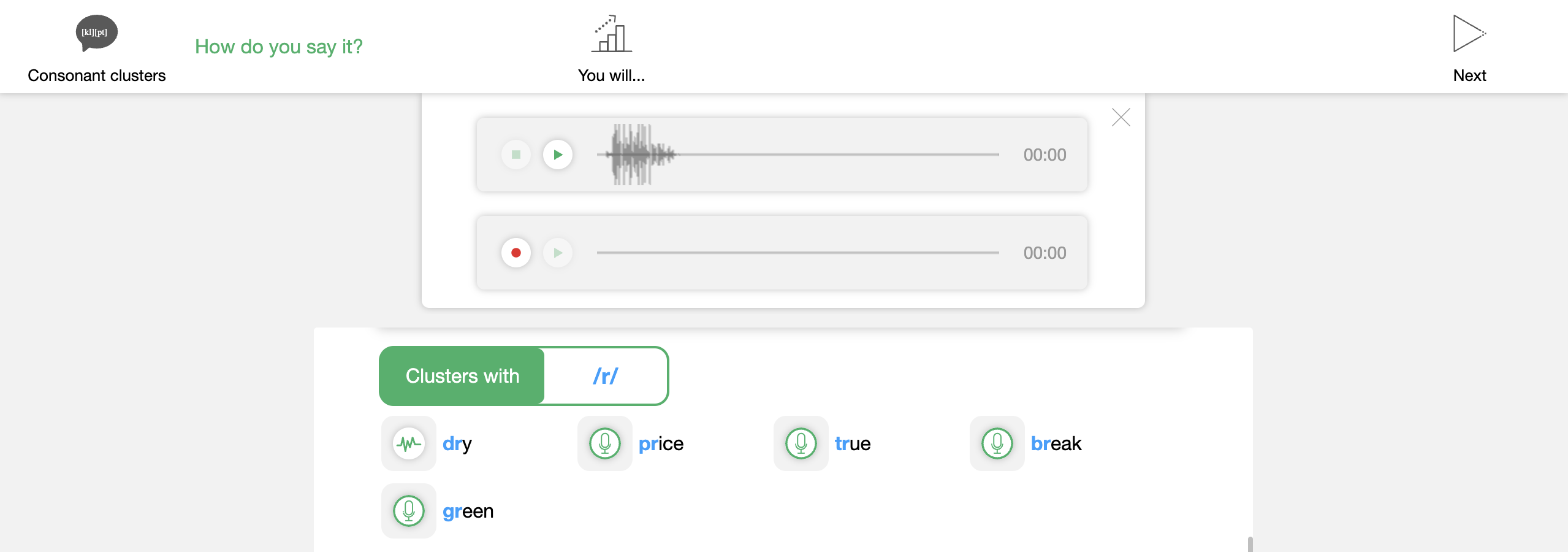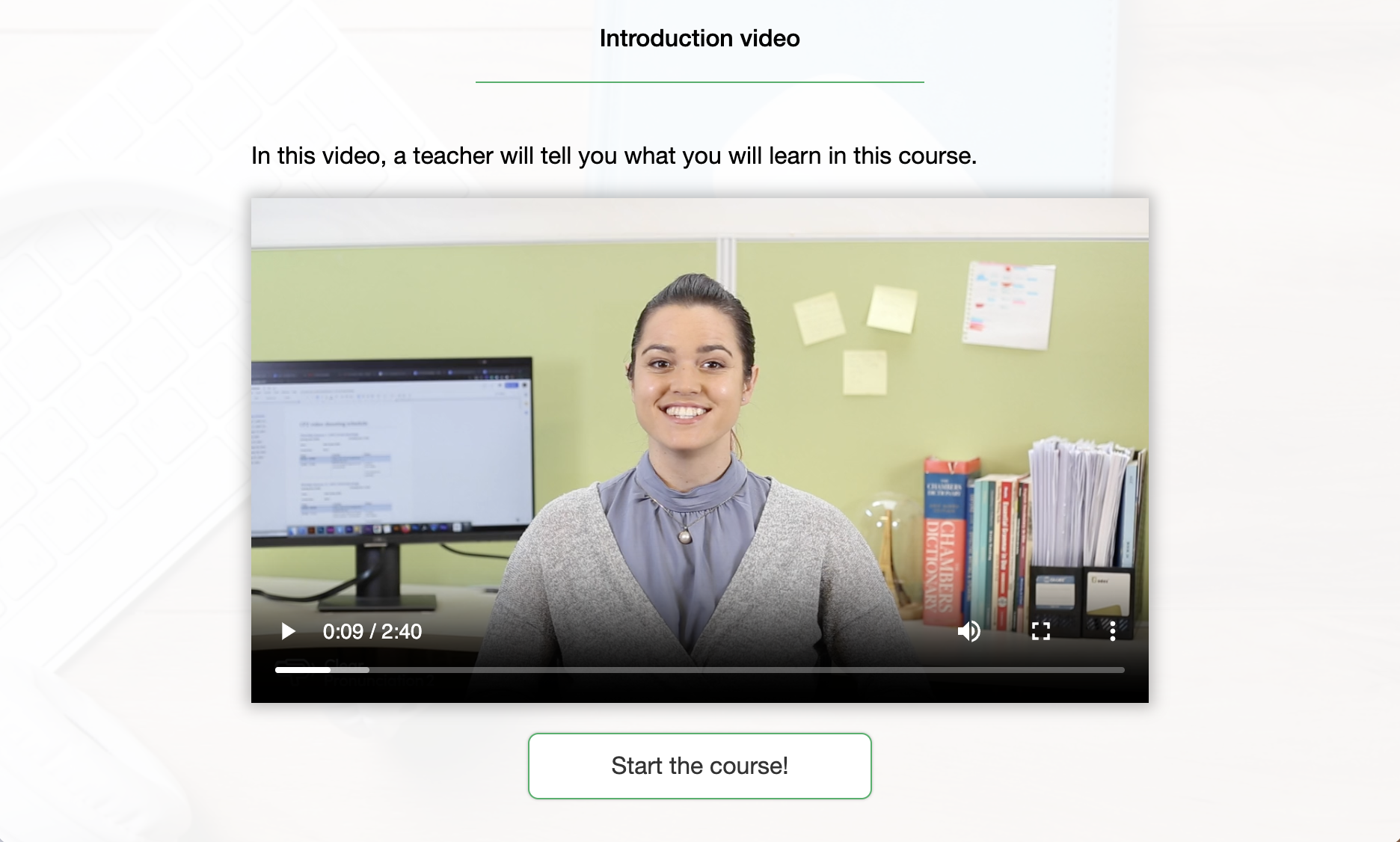‘The lack of high quality, suitable teaching and learning materials, and the lack of time to practise pronunciation are the major reasons that cause teachers not to pay enough attention to English pronunciation.’ So said Jeremy Harmer, the teacher trainer’s teacher trainer. There are other challenges too. Students may be sensitive about practising pronunciation in front of their peers; in some cases, teachers lack confidence in the accuracy of their own pronunciation. And teaching pronunciation is just plain difficult: it’s hard to maintain consistent pronunciation models, coursebooks are usually no help, and how do you teach pronunciation to a class of 30 or more students anyway?
It’s our hope that Clear Pronunciation 1 and Clear Pronunciation 2 will go some way to addressing these issues. Here are five ways it can help.
1. Clear explanations
We tend to think of pronunciation as physical (getting your tongue round the sounds), but the cognitive element is equally important. To illustrate this in simple terms, think of the classic minimal pair ship and sheep, a short sound and a longer sound. These two sounds present no physical challenge to most learners: if you can pronounce one, you can pronounce the other. The primary problem for those who do not have both sounds in L1 is conceptual — you need to understand that two sounds exist where you expect only one. This needs to be explained.
The cognitive element is, of course, more complex when it comes to sentence stress or intonation. How can a Chinese speaker know that the rises and falls of my voice play an important role in expressing the emotion I’m feeling? It’s certainly not intuitive, and that’s why it is so important for a pronunciation program to have clear, accessible explanations. Clear Pronunciation 2 does not disappoint. Each unit starts with a video of a teacher explaining the concept in simple terms, with lots of examples.
2. Plenty of practice
That’s not to downplay the physical aspect. While the vowels in ship and sheep are easy to pronounce, the consonant clusters in wasp or asked aren’t. They need lots of practice, and this is where the Clear Pronunciation Recorder is really helpful. Learners see categories of consonant clusters (clusters with /r/, clusters with /l/ and so on) on the screen and use the Recorder to listen, record themselves, compare, listen, record, compare… until they are satisfied. This is where technology comes into its own: you can practise as much as you like, however and wherever you like, without there having to be a teacher present, and without the suspicion that the learner at the next desk is listening in. This is how you start to build confidence.

An exercise from Clear Pronunciation 2, Consonant clusters.
3. A step-by-step approach
As a self access resource, Clear Pronunciation needs to take the learner by the hand and stay with them for the whole journey. The intro videos make clear that listening is as important as articulation — understanding the emotion that rising intonation conveys when you hear it is as important as being able to produce it yourself. So the exercises that follow help learners practise listening as well as speaking, and progress from controlled practice to freer activities. One of the delights of this program is the unscripted videos at the end of each unit. Each one is a five-question interview which, through choice of topic, succeeds in highlighting the target area of pronunciation. (For example, an interview on the Olympics highlights the consonant clusters in Olympics, equestrian, boxing, handball…) At the end, learners are invited to answer the questions themselves, and to record what they say.

The course introduction video for the Australian English version of Clear Pronunciation 2.
4. Comprehensive coverage
I’ve mentioned consonant clusters and intonation. Clear Pronunciation 2 also covers word stress, sentence stress and connected speech (or linking, as it’s often called). It’s suitable for B1 learners and above. This new version also has a choice of three pronunciation models: Australian, British and North American English.
What about lower level learners? They start with Clear Pronunciation 1, suitable for A2 and above. The first program targets the phonemes — in isolation, in words in initial, middle and final position, in sentences and in longer texts. Clear Pronunciation 2 helps learners put those 43 sounds of English together in clear, intelligible speech.
5. And you can learn more!
If what you’ve read above intrigues you, you can learn more about Clear Pronunciation 2 on our webpage.
Pronunciation tends to be neglected and that’s often not the fault of teachers. It may not be properly integrated into the curriculum; teaching materials may be inadequate (a book, for example, is hardly useful); and often there is no time available. The Clear Pronunciation series goes a long way to resolving these issues. The programs are clear and comprehensive, and the technology enables you to use it in class, as homework or for independent learning.

